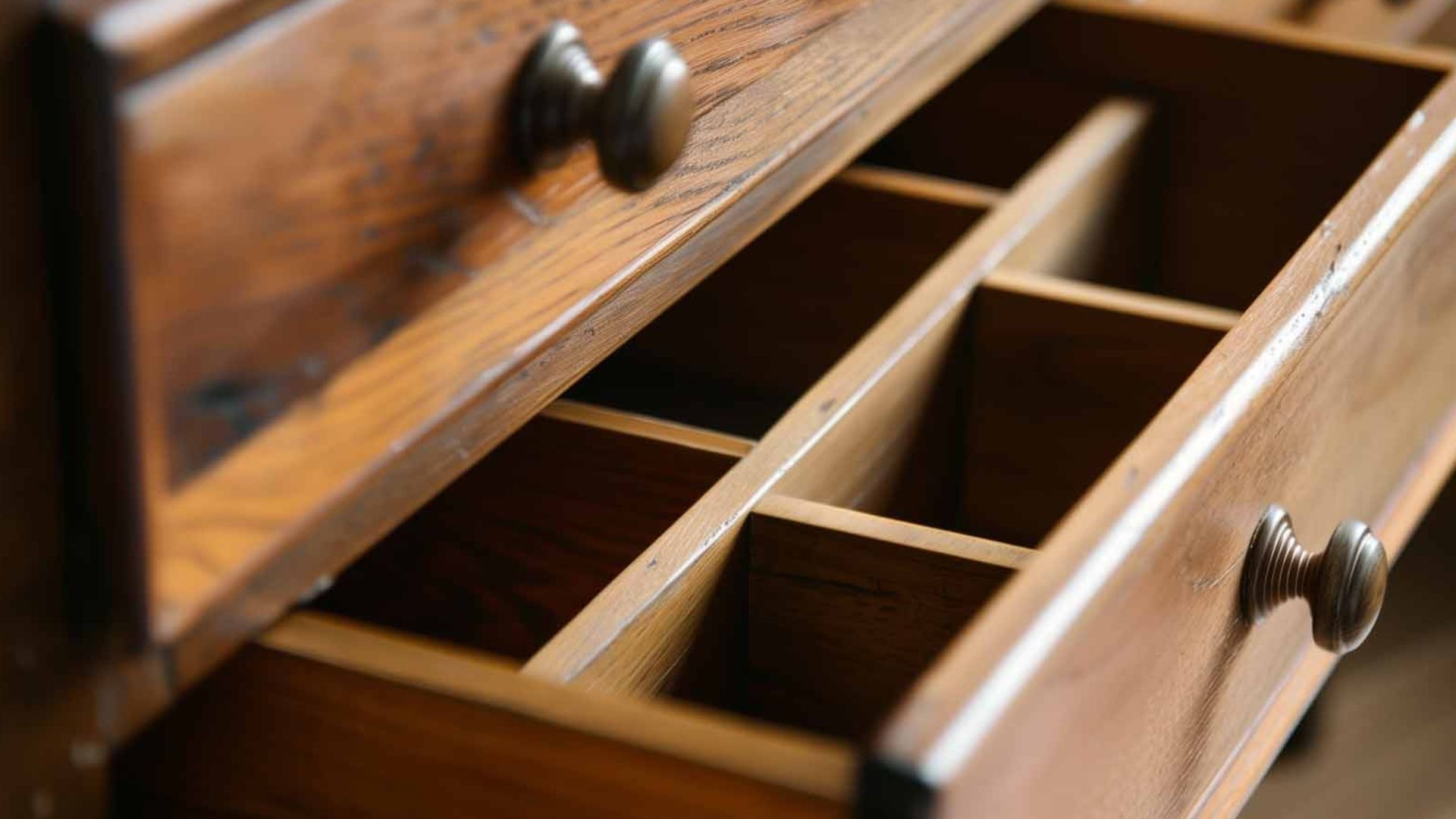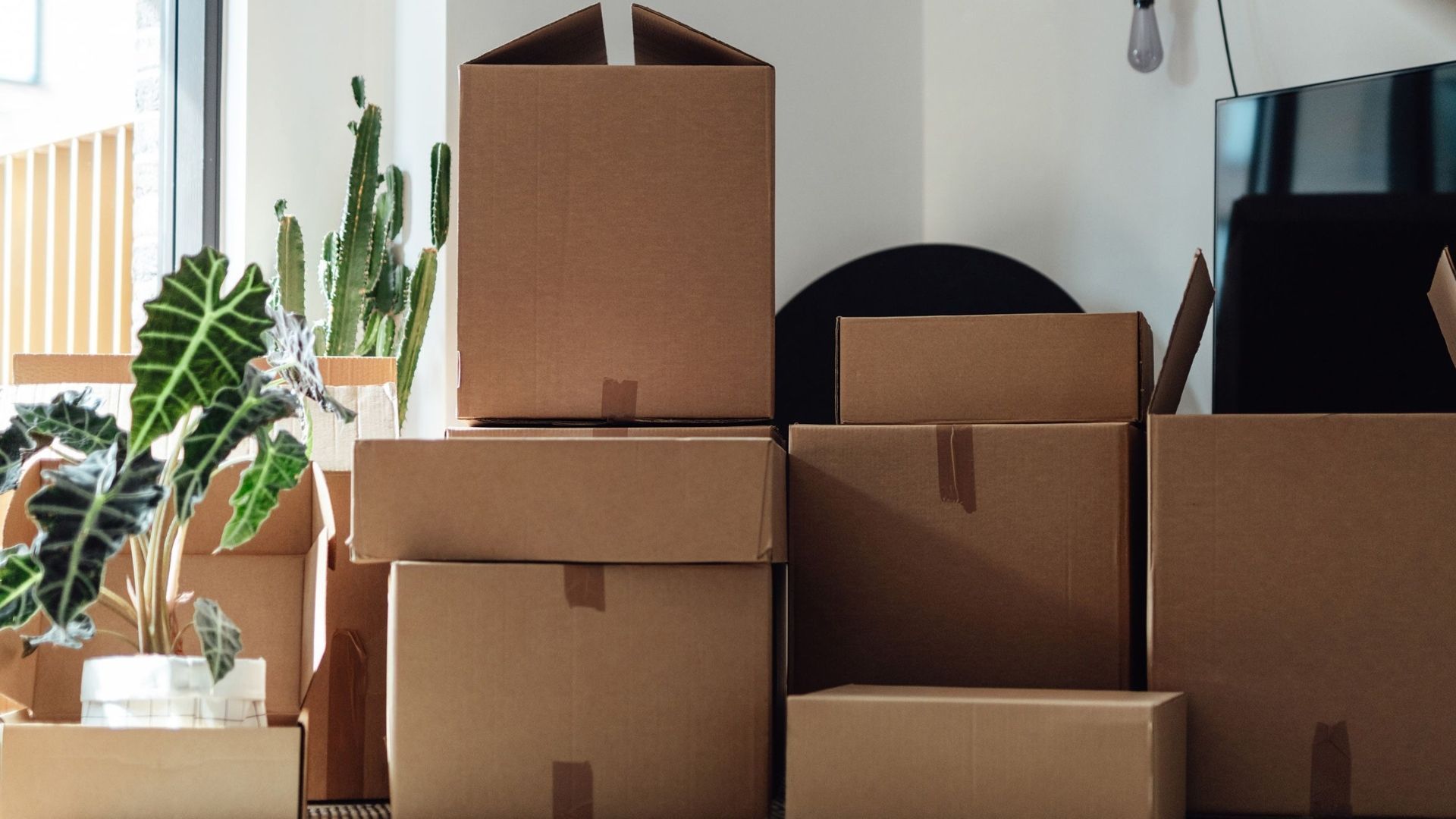Can You Refinish Floors While Living in a House?
Yes, you can refinish floors while living in your house! With good planning and the right steps, many families stay home during floor refinishing projects. The key is knowing what to expect and how to prepare your space.
Why People Choose to Stay Home During Floor Refinishing
Many homeowners pick to stay home during floor refinishing for several good reasons. The main benefit is saving money on hotel costs, which can add up quickly over several days. You also get to watch the work happen and fix any problems right away.
Being present lets you oversee the progress and address any issues immediately. Additionally, there's the convenience of not needing temporary accommodation. You don't have to pack up your whole family or worry about finding pet-friendly places to stay.
Another big plus is that you can keep your normal routine mostly the same. Kids can still sleep in their own beds, and you don't have to move all your things twice.
The Challenges You'll Face
Living through floor refinishing isn't always easy. The sound of sanders grinding away at wood isn't exactly conducive to a productive day at the home office, and it's definitely not something you'll want as background noise while trying to enjoy dinner with the family.
Noise and Dust Issues
The sanding process creates lots of noise and dust. While our sanding machines capture most of the dust, you should cover any delicate items, like art or rugs. Even with good dust control, some particles will float around your home.
Fumes and Air Quality
The fumes produced during the refinishing process can be harmful if proper precautions are not taken. The fumes are caused by the chemicals used in the process, such as varnish, polyurethane, and stain, which can release volatile organic compounds (VOCs) into the air. According to the Environmental Protection Agency, concentrations of many VOCs are consistently higher indoors (up to ten times higher) than outdoors. Oil-based polyurethane often dries more slowly than its water-based cousin. It's best to wait at least 24 hours before wearing socks and walking on the floors.
Limited Access to Rooms
You can't access the floors we're working on for the duration of the project. For example, if we're refinishing the floors in your bedroom, you'll need to stay in another part of the home for a few days.
How Long Does Floor Refinishing Take?
The average time to sand and refinish the floors in your home is 3 to 6 days. The exact time depends on several factors:
- Size of the area being refinished
- Type of finish used (oil-based vs. water-based)
- Whether you're adding stain
- Weather conditions and humidity
- Condition of your existing floors
Timeline Breakdown
Day 1-2: Sanding and prep work Day 3: Staining (if needed) Day 4-6: Applying finish coats
The National Wood Flooring Association, which sets industry standards for wood flooring professionals, recommends following proper sanding guidelines with each step for the best results. For a natural (no stain) sanding job with 2 coats of an oil based polyurethane finish, the minimum amount of time needed to complete a job of any size is 2 days, and for 3 coats of oil based poly a minimum of 3 days.
Setting Up Safe Living Zones
Setting up safe and livable zones is essential when you refinish floors while staying in your home. Begin by designating areas that will not be affected by the refinishing process.
Create Your Base Camp
Pick one area of your home that's far from the work zone. This becomes your temporary "home within a home." Make sure this space has:
- A place to sleep
- Access to a bathroom
- Basic kitchen access
- Good ventilation
Seal Off Work Areas
Use plastic sheeting to separate work areas from living spaces. This helps keep dust and fumes contained. Most hardware stores sell light plastic drop sheets that can be taped to the walls, ceiling and floor to seal parts of your home.
Managing Dust and Fumes
Dust Control Tips
Even with professional dust control systems, some particles will escape. The National Institute for Occupational Safety and Health (NIOSH) reports that workers exposed to wood dust have experienced various adverse health effects such as eye and skin irritation, allergies, reduced lung function, asthma, and nasal cancer. Here's how to manage dust:
- Cover furniture and valuables with plastic
- Use air purifiers in living areas
- Clean surfaces daily with a damp cloth
- Keep doors to unaffected rooms closed
Dealing with Fumes
Oil-based finishes, in particular, are notorious for their strong odours, and while water-based finishes are less pungent, they're not completely scent-free. Ventilation is absolutely crucial.
Safety steps for fumes:
- Open windows for cross-ventilation
- Use fans to move air around
- Consider staying elsewhere during finish application
- Choose water-based finishes for less odor
Refinishing One Room at a Time
Can you refinish hardwood floors one room at a time? Absolutely! This approach makes staying home much easier.
Benefits of Room-by-Room Approach
- Always have livable spaces
- Less disruption to daily life
- Easier to manage dust and fumes
- Can take breaks between rooms
Potential Downsides
Yes, you can refinish one room at a time to make it easier to stay in your home. However, this may extend the overall project timeline. You might also notice slight color differences between rooms if done at different times.
Safety Considerations for Families
Children and Pets
Keep pets and children safe – Floor refinishing is dusty and it requires the use of tools and electrical equipment. Make sure kids and pets can't access parts of the home that are being sanded.
Special considerations:
- Plan activities outside the home during loud work
- Keep pets in safe, ventilated areas
- Consider temporary pet boarding for sensitive animals
People with Health Issues
Children, pregnant women and the elderly will be most impacted by floor finishing. The Occupational Safety and Health Administration (OSHA) notes that about 2.3 million people in the U.S. are exposed to respirable dust at work, with workers at increased risk of developing serious health issues. If anyone in your home has:
- Asthma or breathing problems
- Chemical sensitivities
- Pregnancy concerns
Consider staying elsewhere during the project.
Practical Tips for Success
Before the Project Starts
- Plan your meals: Prepare simple foods that need little kitchen use
- Pack essentials: Have clothes and toiletries ready in your safe zone
- Arrange childcare: Plan activities away from home during noisy work
- Notify neighbors: Let them know about potential noise
During the Project
- Stay flexible: Work around the contractor's schedule
- Communicate often: Check in with workers about progress
- Keep cleaning supplies handy: Dust will settle in living areas
- Use ear protection: If you must be home during sanding
After Each Day
- Check your safe zone: Clean any dust that settled
- Ventilate well: Open windows in living areas
- Plan tomorrow: Know what work happens next
When You Should Consider Staying Elsewhere
Sometimes it's better to leave home during floor refinishing. Consider staying elsewhere if:
- You have breathing problems or chemical sensitivities
- The project includes your bedroom and bathroom
- You have very young children or elderly family members
- You're using oil-based finishes with strong fumes
- The work area is most of your home
For a refinishing job with oil based poly, we recommend that customers and their pets be out of the house completely, as the fumes are noxious and are not safe to inhale while the product is drying.
Choosing the Right Finish Type
The type of finish you pick affects how easy it is to stay home.
Water-Based Finishes
- Dry faster (2-3 hours between coats)
- Less odor and fumes
- Easier to stay home during application
- More expensive than oil-based
Oil-Based Finishes
- Take longer to dry (24 hours between coats)
- Stronger fumes and odor
- More durable and longer-lasting
- Better for high-traffic areas
For a refinishing job with water based poly, it is possible to remain in the home while the project is underway if bedrooms are not being done.
Cost Considerations
Staying home during refinishing can save money on:
- Hotel costs ($100-200 per night)
- Restaurant meals
- Pet boarding fees
- Time off work
However, you might spend more on:
- Air purifiers
- Cleaning supplies
- Takeout food
- Temporary living supplies
Working with Your Contractor
Good communication with your contractor is key to success. Discuss:
- Daily schedule: When will noisy work happen?
- Dust control: What systems will they use?
- Finish type: Which option works best for your situation?
- Timeline: How long will each step take?
- Safety measures: What precautions will they take?
We take great care while we work, but please note that skirting boards and walls may need a paint touch up.
After the Project is Done
Once refinishing is complete, you still need to wait before normal use:
- Walking: Wait 24-48 hours before normal walking
- Furniture: Wait 72 hours to one week before moving furniture back
- Rugs: Wait at least one week before putting down area rugs
- Full cure: Oil-based finishes take up to 30 days to fully cure
Full Cure: It's advised to wait at least 72 hours before moving furniture back in, even if you might be able to walk on the flooring after just one day.
Making Your Decision
Think about these questions when deciding whether to stay home:
- Do you have good ventilation in your home?
- Can you set up a comfortable living area away from the work?
- Are you comfortable with noise and dust?
- Do you have health concerns about fumes?
- Will the project include your bedroom and main bathroom?
- Can you be flexible with your daily routine?
If you answered yes to most questions, staying home during floor refinishing can work well for your family.
Final Thoughts
Refinishing floors while living in your house is definitely possible with good planning and preparation. The key is understanding what to expect and setting up your home to handle the temporary disruption.
Remember that water-based finishes make it easier to stay home, while oil-based finishes might require you to leave during application. Either way, proper ventilation and dust control are essential for success.
If you're planning a move or home renovation project, consider hiring professional local movers to help with furniture removal and replacement. This can make your floor refinishing project much smoother and less stressful.
The end result - beautiful, refreshed floors - is worth the temporary inconvenience. With the right approach, you can have gorgeous new floors without the hassle and expense of moving out of your home.



